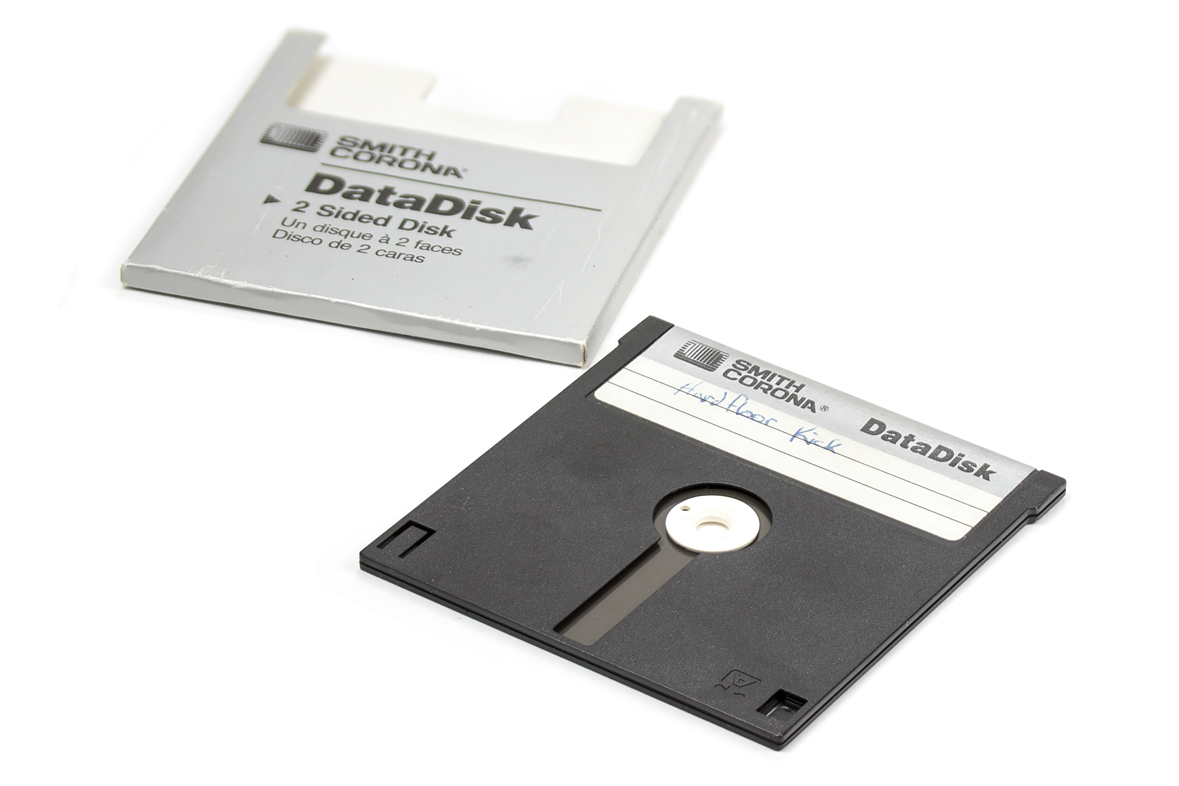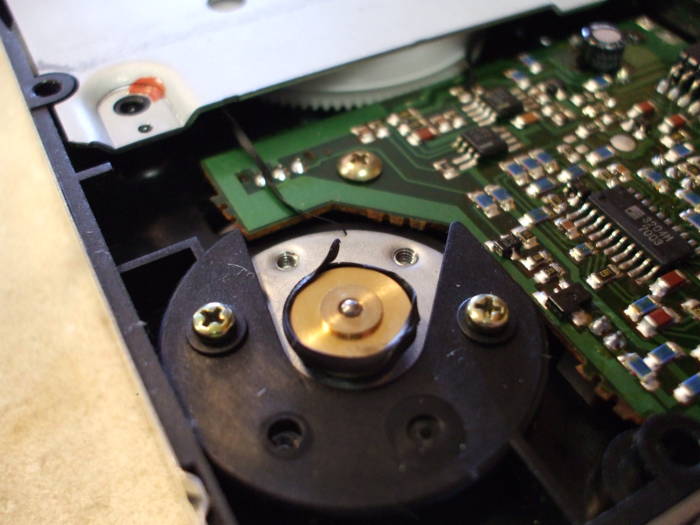

Once I got it and confirmed it didn't work (always got an error when reading from disks that were definitively good), I opened it up and found the drive belt had literally melted sometime long in the past. The very first FDS I ever had was given to me by a friend living in Japan who found it in a storage closet of a small company he was working for. over time? Lots of things - one of which is heat. What affects the belt tension, length, etc. So a lot of FDS drives start acting wonky because of the belt. Replacing belts in the FDS, as I recall, was a common thing. all which affects overall timing (and you already know what happens if you get this wrong). The drives use a very specific kind of belt, made from a somewhat odd or unique rubber (or rubber-like mix), and are *extremely* sensitive to belt length, belt tension, any cruft/junk on the belt motor (this can happen if/when replacing an old belt), etc.

Expanding on it a bit more, as well as presenting my own opinion: A detailed step-by-step can be found here (again in Japanese).I agree with Tepples. An image of a Quick Disk is first made on a SD card, then you can directly run the game of this disk image.

However, if you are the lucky owner of a MSX game on Quick Disk, you can be interested in the VirtuaQD hardware emulator (Japanese site), which emulates also the Famicom Disk System. In case of malfunctioning, the Quick Disk Drive needs a new belt, with the following specifications: square shape diameter 40mm and 1.2mm thick.Īs this media has been rarely used on the MSX system, none of the MSX emulators has support for it. The Quick Disk interface cartridge will provide a ROM with special QuickDisk BASIC commands This makes QD much slower then competing disk storage systems.ĭeleting files is also a problem, and you can only delete the last file or format the disk and start from scratch. Data is recorded in a spiral and the whole disk needs to be scanned to do a directory listing. Instead of using tracks like regular disks, and a file system with directory, it is more similar to tape. The medium is sometimes also called 3.0 inch which refers to the hard plastic casing.Īn unformated disk has 64kB on each side. This media is called 2.8 inch which probably refers to the size of the medium inside the hard plastic case. QD compared to the disk of Family Computer Disk System Specifications Sharp, Casio and Canon for some Japanese word processors.ĭisks of the Family Computer Disk System for NES (Nintendo) are Quick Disks with a longer casing. Yamaha, Roland, Korg, Akai and Kawai have used it for their synthesizer, sampler, sequencer and some other sound equipment. The Sharp MZ-1500 computer has a built-in Quick Disk Drive. Some other companies have used the Quick Drive outside the MSX standard. Instead the market widely adopted the 3.5 inch diskette format.
#Mitsumi quick disk transport full
Only a hand full of MSX software titles were released on this format in Japan and Italy. When using the R800 mode, is looses synchronisation and you get an I/O error message on the screen.
#Mitsumi quick disk transport serial
The Quick Disk uses a Z8440 Serial Input/Output Controller at a certain clock speed, it lacks the WR signal because it is synchronised with the clock of the Z80. This storage device can be used with any MSX generation, but when used with Turbo R machines, it's limited to the Z80 mode (which implies booting while pressing the "1" key until you can hear a beep). Both the drives and the media are quite rare now. This format never really caught on in the MSX world. A Quick Disk (QD) is a magnetic disk of 2.8" designed by Hitachi Maxell, Ltd, and the drive was designed by Mitsumi Electric Co., Ltd in 1984.


 0 kommentar(er)
0 kommentar(er)
